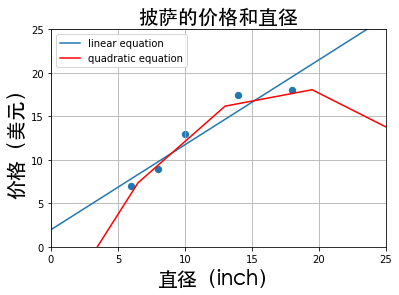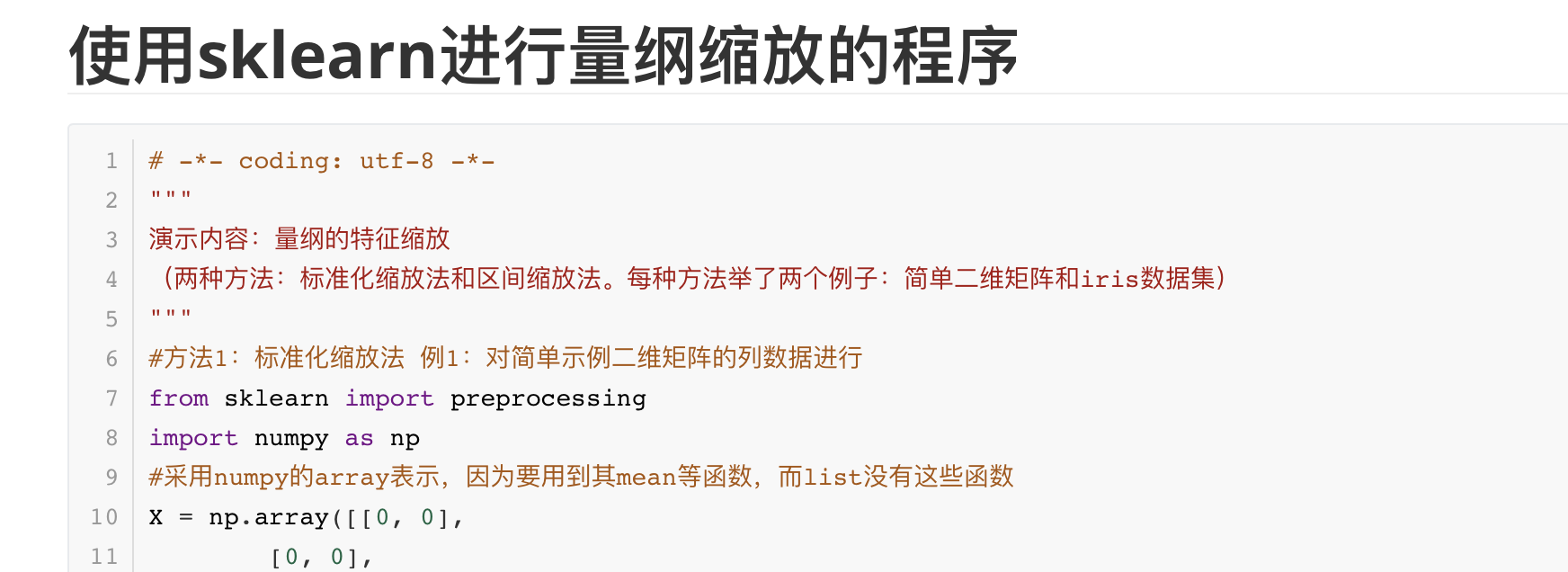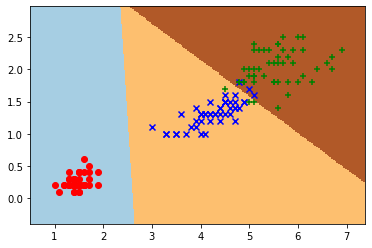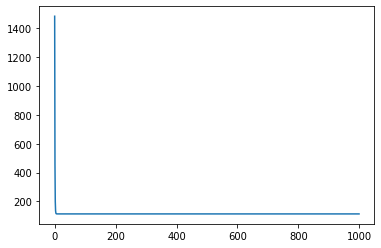使用sklearn对文档进行向量化的程序 1 2 3 4 5 6 7 8 9 10 """ 演示内容:文档的向量化 """ from sklearn.feature_extraction.text import CountVectorizercorpus = [ 'Jobs was the chairman of Apple Inc., and he was very famous' ,'I like to use apple computer' ,'And I also like to eat apple' ]
1 2 3 4 5 6 vectorizer =CountVectorizer() print (vectorizer.fit_transform(corpus).todense()) print (vectorizer.vocabulary_)print (" " )
[[0 1 1 1 0 0 1 1 1 1 0 1 1 0 0 1 2]
[0 0 1 0 1 0 0 0 0 0 1 0 0 1 1 0 0]
[1 1 1 0 0 1 0 0 0 0 1 0 0 1 0 0 0]]
{'jobs': 9, 'was': 16, 'the': 12, 'chairman': 3, 'of': 11, 'apple': 2, 'inc': 8, 'and': 1, 'he': 7, 'very': 15, 'famous': 6, 'like': 10, 'to': 13, 'use': 14, 'computer': 4, 'also': 0, 'eat': 5}
1 2 3 4 5 6 7 8 9 import nltknltk.download('stopwords' ) stopwords = nltk.corpus.stopwords.words('english' ) print (stopwords)print (" " )vectorizer =CountVectorizer(stop_words='english' ) print ("after stopwords removal: " , vectorizer.fit_transform(corpus).todense())print ("after stopwords removal: " , vectorizer.vocabulary_)
[nltk_data] Downloading package stopwords to /Users/maqi/nltk_data...
['i', 'me', 'my', 'myself', 'we', 'our', 'ours', 'ourselves', 'you', "you're", "you've", "you'll", "you'd", 'your', 'yours', 'yourself', 'yourselves', 'he', 'him', 'his', 'himself', 'she', "she's", 'her', 'hers', 'herself', 'it', "it's", 'its', 'itself', 'they', 'them', 'their', 'theirs', 'themselves', 'what', 'which', 'who', 'whom', 'this', 'that', "that'll", 'these', 'those', 'am', 'is', 'are', 'was', 'were', 'be', 'been', 'being', 'have', 'has', 'had', 'having', 'do', 'does', 'did', 'doing', 'a', 'an', 'the', 'and', 'but', 'if', 'or', 'because', 'as', 'until', 'while', 'of', 'at', 'by', 'for', 'with', 'about', 'against', 'between', 'into', 'through', 'during', 'before', 'after', 'above', 'below', 'to', 'from', 'up', 'down', 'in', 'out', 'on', 'off', 'over', 'under', 'again', 'further', 'then', 'once', 'here', 'there', 'when', 'where', 'why', 'how', 'all', 'any', 'both', 'each', 'few', 'more', 'most', 'other', 'some', 'such', 'no', 'nor', 'not', 'only', 'own', 'same', 'so', 'than', 'too', 'very', 's', 't', 'can', 'will', 'just', 'don', "don't", 'should', "should've", 'now', 'd', 'll', 'm', 'o', 're', 've', 'y', 'ain', 'aren', "aren't", 'couldn', "couldn't", 'didn', "didn't", 'doesn', "doesn't", 'hadn', "hadn't", 'hasn', "hasn't", 'haven', "haven't", 'isn', "isn't", 'ma', 'mightn', "mightn't", 'mustn', "mustn't", 'needn', "needn't", 'shan', "shan't", 'shouldn', "shouldn't", 'wasn', "wasn't", 'weren', "weren't", 'won', "won't", 'wouldn', "wouldn't"]
after stopwords removal: [[1 1 0 0 1 1 0 0]
[1 0 1 0 0 0 1 1]
[1 0 0 1 0 0 1 0]]
after stopwords removal: {'jobs': 5, 'chairman': 1, 'apple': 0, 'famous': 4, 'like': 6, 'use': 7, 'computer': 2, 'eat': 3}
[nltk_data] Unzipping corpora/stopwords.zip.
1 2 3 4 5 6 print (" " )vectorizer =CountVectorizer(ngram_range=(1 ,2 )) print ("N-gram mode: " ,vectorizer.fit_transform(corpus).todense()) print (" " )print ("N-gram mode: " ,vectorizer.vocabulary_)
N-gram mode: [[0 0 1 0 1 1 0 1 1 1 0 0 0 1 1 1 1 1 1 1 0 0 1 1 1 1 0 0 0 0 0 1 1 2 1 1]
[0 0 0 0 0 1 1 0 0 0 1 0 0 0 0 0 0 0 0 0 1 1 0 0 0 0 1 0 1 1 1 0 0 0 0 0]
[1 1 1 1 0 1 0 0 0 0 0 1 1 0 0 0 0 0 0 0 1 1 0 0 0 0 1 1 0 0 0 0 0 0 0 0]]
N-gram mode: {'jobs': 18, 'was': 33, 'the': 24, 'chairman': 8, 'of': 22, 'apple': 5, 'inc': 16, 'and': 2, 'he': 14, 'very': 31, 'famous': 13, 'jobs was': 19, 'was the': 34, 'the chairman': 25, 'chairman of': 9, 'of apple': 23, 'apple inc': 7, 'inc and': 17, 'and he': 4, 'he was': 15, 'was very': 35, 'very famous': 32, 'like': 20, 'to': 26, 'use': 29, 'computer': 10, 'like to': 21, 'to use': 28, 'use apple': 30, 'apple computer': 6, 'also': 0, 'eat': 11, 'and also': 3, 'also like': 1, 'to eat': 27, 'eat apple': 12}








